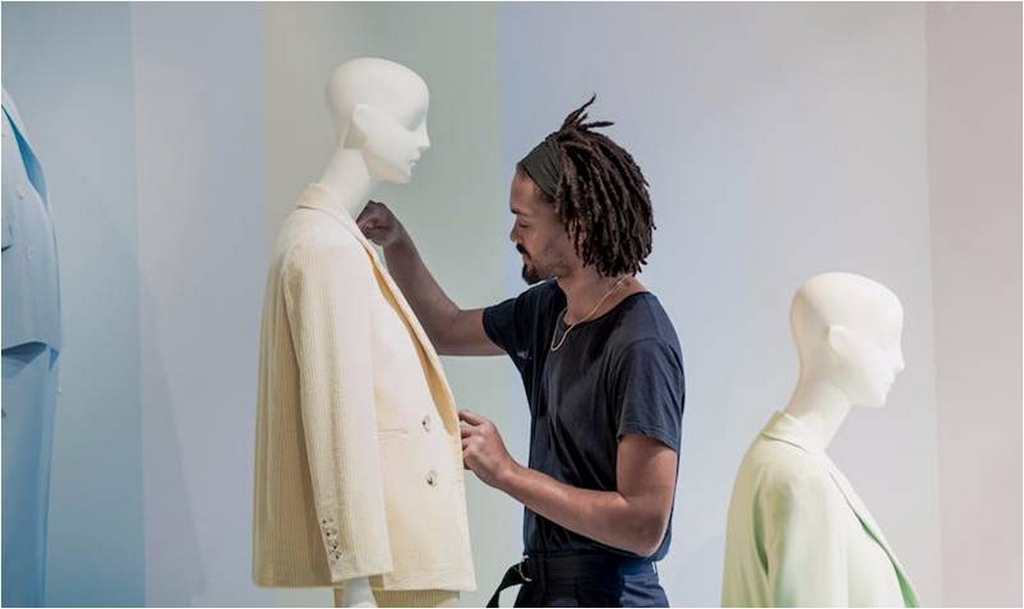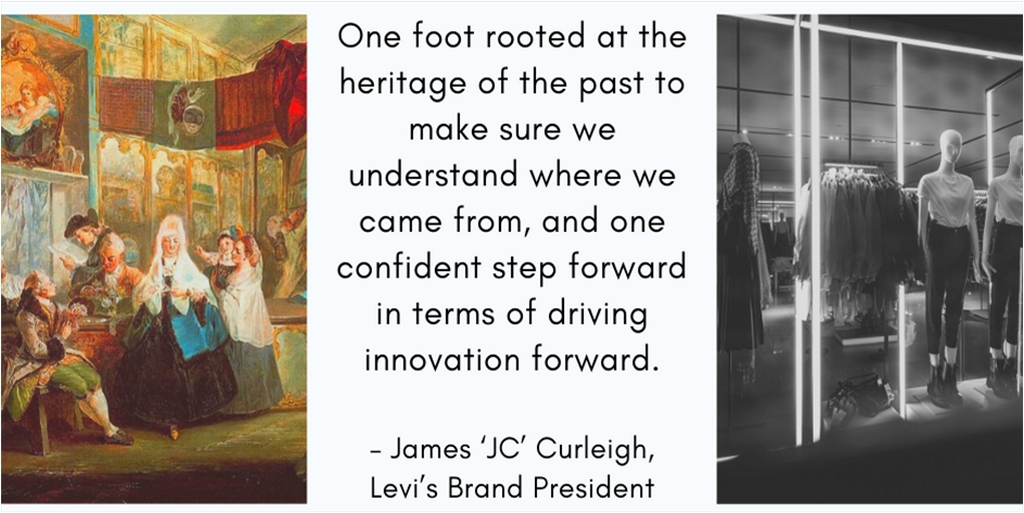The role of a Visual Merchandiser in today’s retail industry
07/07/2020 2021-01-18 5:16The role of a Visual Merchandiser in today’s retail industry
Visual Merchandisers design and create visually pleasing window and in-store displays for retail outlets. They utilize their skills in visual design and space utilization to enhance the aesthetic appeal of window displays, counters, in-store displays etc. However, the changing times have brought about an evolution in the role of a visual merchandiser and the purpose of visual merchandising as a whole. The core purpose of visual display is to bring foot traffic and increase sales for the retail industry.

Evolution of Visual Merchandising

During the early stages the retail stores served functional purpose as opposed to turning sales. Unlike the displays that we have come to associate with visual merchandising now; then merchandise was not displayed in the store’s front, traders would get the required item for the customer from the back room. The customers shopped for what they wanted rather than what was suggested to them. Stores during the period were unattractive outlets which did not present merchandise in a visually appealing manner. The factory outlets were also located far enough from cities to operate competition-free, while close enough to be accessible to customers.
1840 had a deep effect on early retail, with technological advancements in manufacturing of iron and glass led to the introduction of fittings skylights which further gave rise to enclosed arcades, creating a visually elaborate shopping experience. Though this didn’t extend into the stores lining the arcades, customers merely strolled as observers or window shoppers.
1900s
Retailers slowly realised that they would be more successful if they followed the arcade’s lead. From treating the product as king, the purpose of the display is now built around the customer. They began displaying their merchandise in more ornate settings to attract the customer’s attention. Merchandising, as a result, became more visual. And so visual merchandising was born. Industrialisation now meant that shop windows could be larger, and lighting fixtures could be tailored for displays. Themes were initiated, with miniature set ups that revolved around the merchandise, which eventually extended to the shop’s interior to tell a story.
Display tools like pedestals, stands, shelves and mannequins were being employed more and more. Telltale signs were also incorporated to tell customers what the merchandise in the window display couldn’t – like information about sales, new stock and so on.
The Changing Role of the Visual Merchandiser

While visual merchandising is an art, it definitely needs an artist to create visually appealing displays. The visual merchandiser though heavily relies on on-ground styling, the rise of online shopping provides opportunity to the creative visual merchandisers who can contribute towards creating appealing imagery. Though in its infancy, the visual merchandiser can play a key role in crafting matching displays for photoshoots and guiding it, managing website output, social media and wherever creative output is required be it online or offline platforms.
The progression in visual merchandising has also changed the role of a visual merchandiser. The role of the visual merchandiser is to create a story. It has forced the creative merchandisers craft engaging layout rather than a racetrack arrangement. Visual merchandising is no longer limited to just pure visual display, it encompasses a wide range of techniques that are used across all the sectors but also play a more strategic role from a point of selling.
The new age merchandiser is no longer constrained to only retail stores, their role has extended to pop-up stores to the e-commerce landscape and has progressed into a form of marketing. Getting presentation right, and making sure stock is optimized and tempting to the consumer eye is crucial in any retail environment. The modern merchandiser has to be updated about trends and apt at adapting to the changing display mediums. Being technically savvy is as important as being creatively strong.
Apart from creative skills and knowledge of the work, the merchandiser’s role has progressed to include, referring to commercial reports to gauge store performance, ensure visual presentation is both commercial and consistent and uphold the brands standard. Coaching the in-store team on brand expectation, maintaining the in store visual displays including mannequin styling, props and product. The visual merchandiser also plays a key role in the commercial evaluation of the store and its space mix. Regularly communicates with the Field Brand Presentation specialist and also provide store specific solutions.
The role of data science and artistry

In today’s modern times, Visual Merchandising can benefit from the blend of both data science and artistry in this new age. The visual merchandiser can use the information obtained from customer buying habits by pulling data from applications like
- Web analytics
- Ratings and reviews
- ERPs
- Social channels
- Tracking customers based on direction taken while inside a store
- Sales per area
- Baskets and basket sizes to understand how many items people are purchasing at a given point
- Online shopping data
This helps to make informed decision to create layouts that helps to create effective strategies and best practices in real time by delivering targeted and personalized product recommendations that are compelling to the customers.
Avenues apart from retail brands for a visual merchandiser

The job avenue for a visual merchandiser is no longer limited to retail stores it has extended to working in:
- Malls
- Pop-Ups
- Online
- Museums and galleries
- Events
Visual merchandising is a competitive field and progressing. The new age designer has a lot of scope in the field especially with technology and access to data. No longer is the role of a visual merchandisers limited only to just decorating but gather data to create informed strategies to obtain optimum sales value. A comprehensive course study offered by a design institute like JD Institute of Fashion Technology will help to prepare creative visual merchandisers who are encouraged to be observant, conduct site visits, creation of displays based on their visits and knowledge shared during classes. Since the discipline requires practical approach the institute has designed a Diploma in Visual Merchandising course that is practical and helps students achieve the optimum during the short duration.
#jdinstitute #jdinstituteoffashiontechnology #jdinstituteoffashiontechnologybangalore #jdinstituteoffashiontechnologyindia #lifeatjd #globalleagueinstitute #artanddesign #visualmerchandiser #visualmerchandising #retail #vm #windowdisplay #retaildesign
#fashion #merchandising













